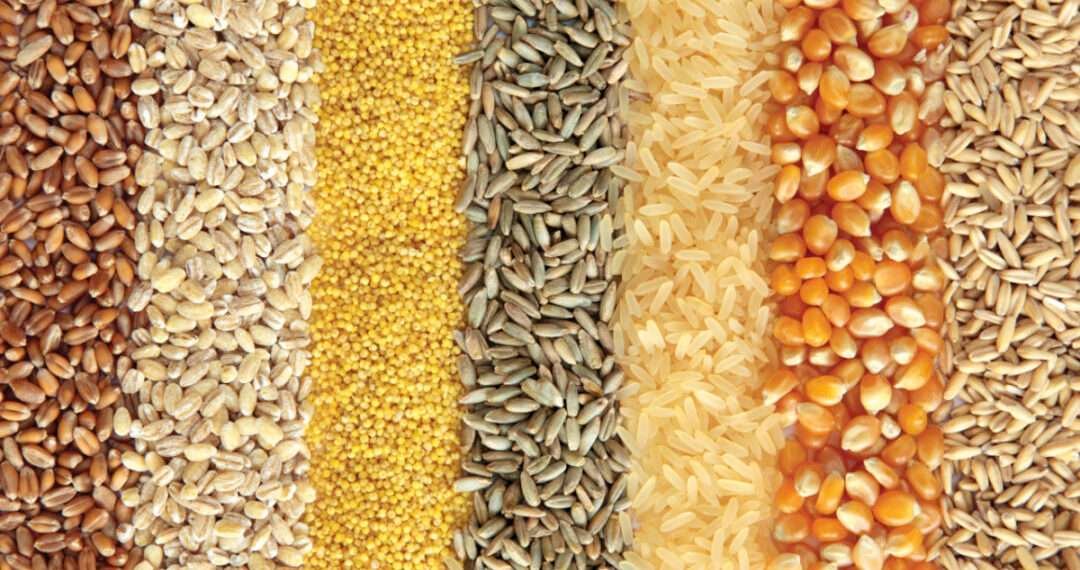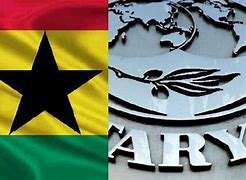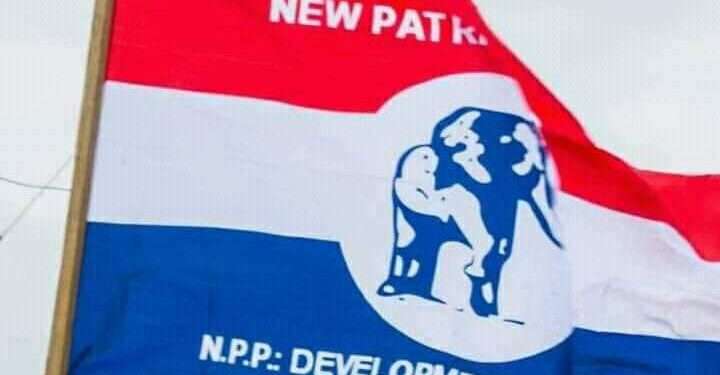The United States Development of Agriculture has predicted that the grain production of the Government of Ghana’s (GOG’s) Planting for Food And Jobs Program (PFJ) would decline.
The USDA made the forecast based on the Conjectures of below-average rainfall and extended dry spells in most parts of the country by the Ghana Meteorological Agency, looming shortage, and soaring global fertilizer prices. A further cut back on fertilizer subsidy rate in Ghana, adding that a weakened domestic currency, sharp increases in global prices of wheat, and high inflation are likely to induce a change in the consumption patterns of lower-income earners.
Domestic rice production for the year 2022/23 is forecast at 450,000 MT, a decrease of about 18 percent below the year 2021/22 estimate of 550,000 MT.
According to the Ghana Meteorological Agency (GMeT), low rainfall and extended dry spells are expected to be recorded in most parts of the country during the planting period for rice. This unfavorable weather forecast will affect rice production in the country.
Many rice farmers in the previous season were disappointed with the delayed supply of the government’s subsidized fertilizers and a reduced subsidy rate of 38 percent instead of 50 percent as in the preceding years. These two factors were cited as the reduction in yield obtained as fertilizer application was not made at the recommended time nor the recommended rate. The subsidy rate reduction made fertilizer more expensive, so farmers could not procure enough for their fields. Fertilizer is now almost inaccessible to the farmers. This is due to the soaring global prices driven by the Russia-Ukraine conflict.

USDA’s reasons for the decline in Grain Production
The government has announced a further cut back on the fertilizer subsidy rate under its flagship agricultural transformation project, Planting for Food and Jobs (PFJ), from the preceding year’s reduced subsidy rate of 38 percent to 15 percent.
The subsidy reduction coincides with the rise in global fertilizer prices and supply shortages, which will make fertilizer highly expensive and impact planting decisions between rice or alternative crops requiring less or no fertilization. In particular, many upland rice producers will opt to plant alternative crops like legumes. The harvested area under rice is lower than the previous year’s 2021/22 estimate. Even if available, fertilizer will be so highly expensive farmers will not be able to afford enough for their planted fields, affecting yields considerably.
Rice is grown throughout all regions of Ghana, primarily by smallholders in rainfed conditions. The top-five production regions are the Volta, Northern, Upper East, Ashanti, and Western. In most cases, rice is grown once per year, but producers may plant two crops per year where irrigation is available. The primary planting seasons are April/May for the southern part of the country and May-July for the northern region.
September/October is the harvesting time for the south and October-December for the north. Producers can plant in the Northern and Upper East regions in July/August and harvest in October/November. Rice production is generally at the subsistence level in valley bottoms/low-lying areas, employing only traditional methods with limited irrigation and mechanization. Wheat consumption will drop slightly, and rice and corn consumption as well, driven mainly by higher prices. These setbacks would reflect maize production, reducing the grain production of the GOG’s planting for Food and Jobs.
Drastic measures by Government to minimize exportation
The Government banned maize exportation to Niger and six other countries to avert grain shortages in Ghana. While others have applauded the government for taking such an initiative, others have expressed disappointment as that could be the only way to generate revenue as Ghana has an agrarian economy.
The CEO of super farms and a member of the Chamber of Agribusiness Ghana advised that the government should instead increase the production of these grains and export the excess rather than ban the exportation of these commodities.
“I have a serious problem understanding the governance style of the Ghana Government. What direction does Government intend to move the people of this nation for wealth creation? There is a shortage of these crops and an eminently severe shortage ahead. That should be a better case for us as a nation to grab the opportunity to create wealth among the people. Ours is an Agrarian economy, and our strength is perfectly in crops cultivation. Here there is not an iota of prosperity in the direction chosen by the minister.”
CEO SuperfarmsGH
READ ALSO: Successful Acquisition of Chirano to Push Asante’s Output to Around 400,000 oz



















